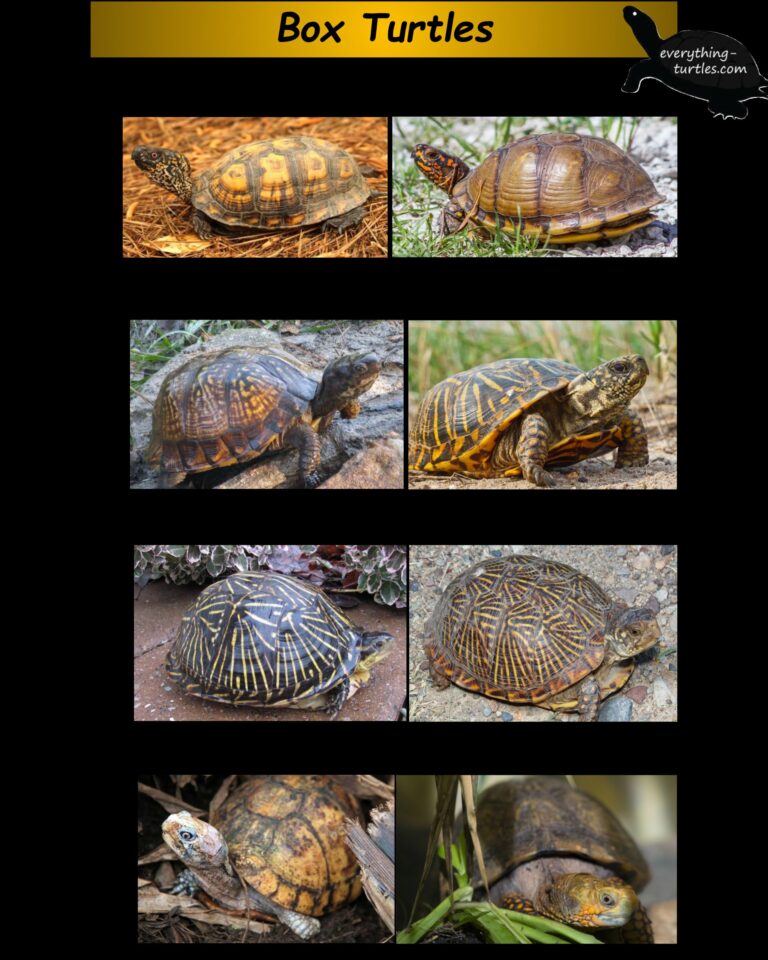How Much Does It Cost To Build A Turtle Pond?
Today we discuss How Much Does It Cost To Build A Turtle Pond. Turtle ponds are not only a beautiful addition to your backyard but also provide a natural habitat for turtles to thrive. However, building a turtle pond involves more than just digging a hole and filling it with water. In this comprehensive guide, we will delve into the costs associated with building a turtle pond, essential design considerations, and tips for maintenance to ensure a healthy environment for your shelled friends.
How Much Does It Cost To Build A Turtle Pond:
Planning Your Turtle Pond:
Before diving into the construction of your turtle pond, careful planning is essential to ensure its success. Consider the following factors:
- Location: Choose a spot in your yard that receives a mix of sunlight and shade to provide a suitable environment for your turtles.
- Size: Determine the size of your pond based on the number and species of turtles you plan to house.
- Depth: Turtles require varying depths of water based on their species. Research the specific requirements for the type of turtles you intend to keep.
- Filtration System: Invest in a quality filtration system to maintain water quality and keep your turtles healthy.
Materials and Equipment:
Building a turtle pond requires specific materials and equipment to create a suitable habitat for your aquatic pets. Here are some essentials you will need:
- Pond liner
- Rocks and gravel
- Water pump
- Filter system
- UV sterilizer
- Plants for oxygenation
Cost Breakdown:
The cost of building a turtle pond can vary depending on the size and design complexity. Here is a breakdown of potential expenses:
- Pond Liner: $200 – $500
- Rocks and Gravel: $100 – $300
- Water Pump: $50 – $200
- Filter System: $150 – $500
- UV Sterilizer: $100 – $300
- Plants: $50 – $150
- Labor (if hiring professionals): $500 – $2000
DIY vs. Hiring Professionals:
Deciding whether to build your turtle pond yourself or hire professionals is an important consideration. While a DIY approach can save money, hiring experts ensures a quality build. Factors to consider include your budget, time availability, and level of expertise in pond construction.
Designing Your Turtle Pond:
The design of your turtle pond plays a crucial role in both aesthetics and functionality. Consider the following design elements:
- Basking Area: Include a dry area or floating dock for turtles to bask under a heat lamp.
- Hiding Spots: Incorporate rocks, plants, and driftwood to create hiding spots for turtles.
- Water Features: Add waterfalls or fountains for visual appeal and to aerate the water.
- Substrate: Use smooth gravel or sand as a substrate to mimic a natural habitat for turtles.
Maintenance Tips:
Proper maintenance is key to keeping your turtle pond clean and safe for your pets. Follow these tips for effective pond care:
- Regular Water Testing: Monitor water quality and pH levels to ensure a healthy environment.
- Cleaning Routine: Remove debris, such as leaves and uneaten food, to prevent water contamination.
- Filter Maintenance: Clean or replace filters as needed to maintain optimal filtration.
- Plant Care: Trim and maintain aquatic plants to prevent overgrowth and maintain oxygen levels.
Health and Safety Considerations:
Ensuring the health and safety of your turtles should be a top priority. Consider the following precautions:
- Avoid Harmful Chemicals: Refrain from using pesticides or chemicals near the pond that can harm your turtles.
- Secure Enclosure: Install a fence or barrier around the pond to prevent turtles from escaping and predators from entering.
- Supervision: Always supervise interactions between children or other pets and the turtles to prevent accidents.
Enhancing Your Turtle Pond Experience:
Beyond the basics of building and maintaining a turtle pond, consider ways to enhance your experience:
- Fish Companions: Introduce fish species that are compatible with turtles to create a harmonious ecosystem.
- Landscape Surroundings: Beautify the area around the pond with plants, rocks, and lighting for a tranquil ambiance.
- Educational Resources: Learn more about turtle care and behavior to provide the best possible environment for your shelled companions.
Conclusion:
Building a turtle pond can be a rewarding endeavor that brings nature closer to home. By considering key factors such as planning, design, cost, and maintenance, you can create a thriving habitat for your turtles to enjoy for years to come. Remember to prioritize the health and safety of your turtles while also taking time to appreciate the beauty and tranquility of your backyard oasis.

